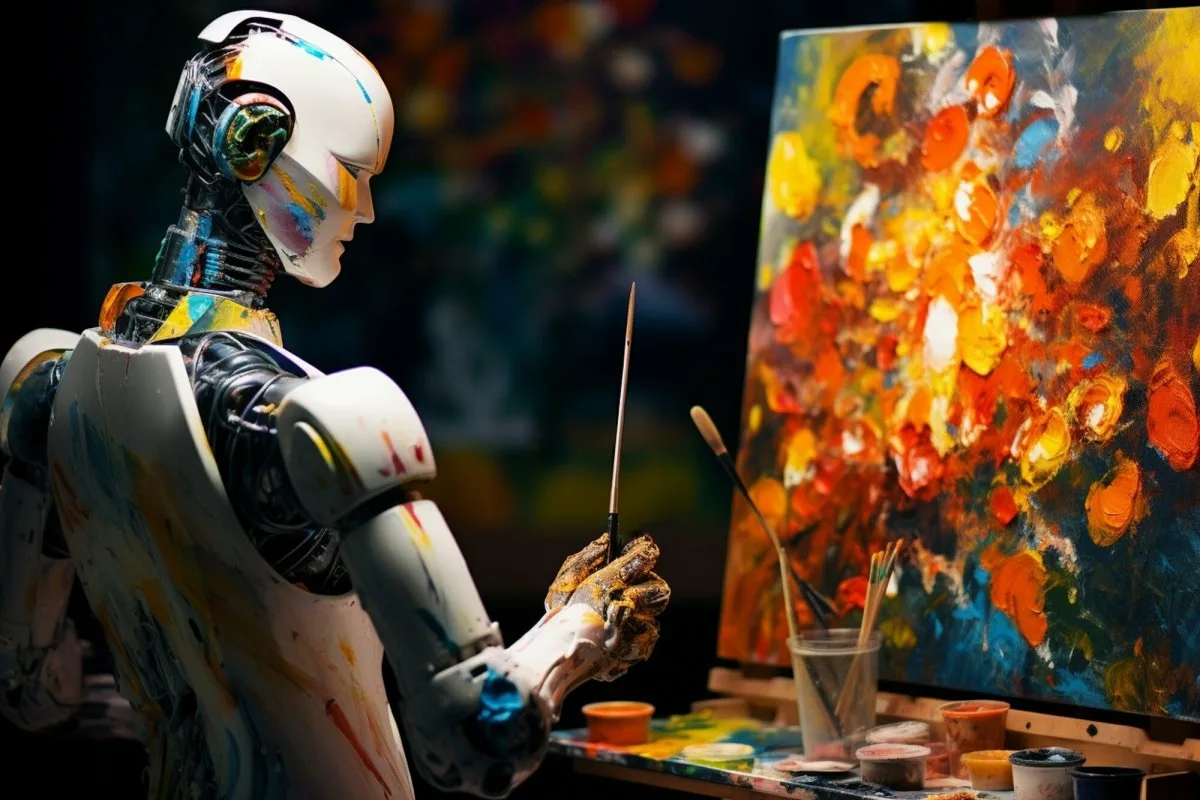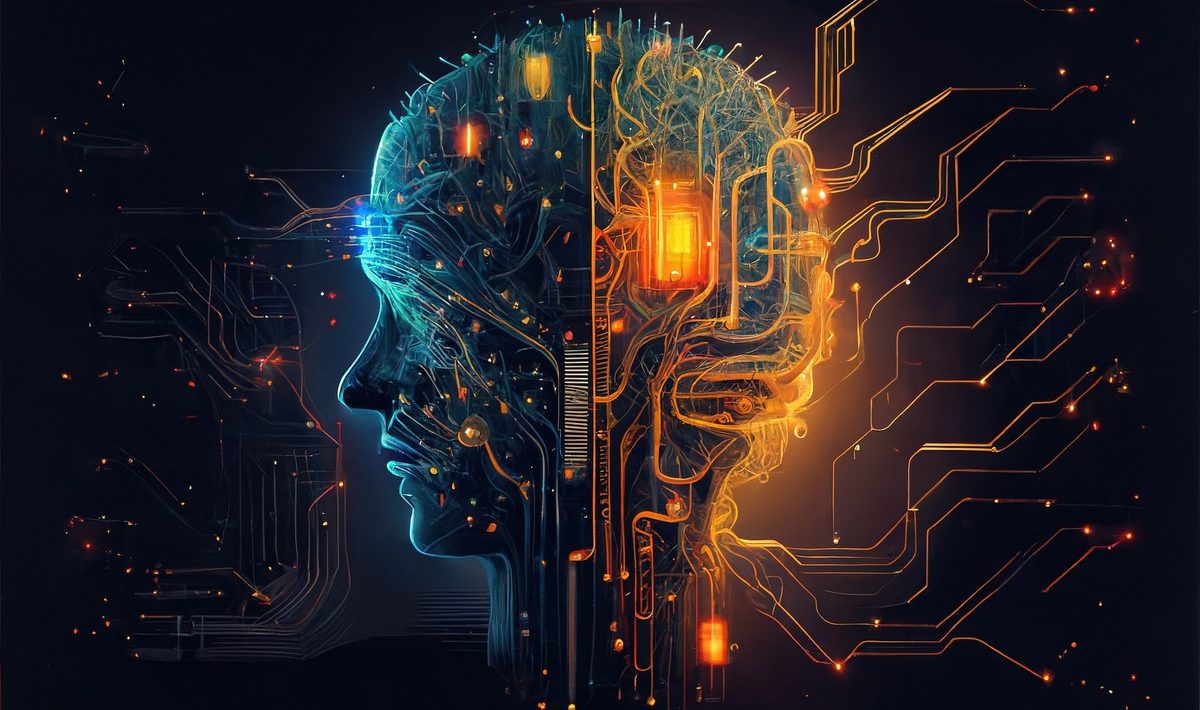A revolutionary innovation in artificial intelligence promises to drastically reduce the energy consumption of image generators by using light rather than traditional computing devices.
Innovation in the field of artificial intelligence (AI) continues to surprise. Today, a new breakthrough promises to revolutionise the way images are generated. Using light rather than traditional computer hardware, this image generator could significantly reduce energy consumption. Developed by Aydogan Ozcan and his team at the University of California, Los Angeles, this technology offers an environmentally friendly alternative to conventional diffusion models, which are widely used to create realistic, high-resolution images from text.
Understanding the diffusion process
The diffusion process is at the heart of many AI image generators. Typically, it involves a model that learns by observing a large collection of images. The model learns to destroy these images by adding statistical noise, then encodes these patterns into a set of rules.
When presented with a new noisy image, it uses these rules to reconstruct the original image in numerous steps. This process is computationally intensive, requiring significant computing power. Diffusion-based image generators are renowned for their ability to create realistic, high-quality images.
However, this quality comes at a cost: high energy consumption. OpenAI, for example, reported that its image generator produced more than 700 million images in one week, requiring enormous amounts of energy and water to power and cool the machines running the models.
The revolution in the use of light
The novelty of the image generator developed by Ozcan lies in its use of light for the decryption process. Although the initial encoding remains digital, requiring minimal energy, the decryption is performed entirely via a light beam. This approach eliminates the need for additional calculations after the initial encoding. Using a liquid crystal display, called a spatial light modulator (SLM), the static image is imprinted onto a laser beam. Passing through a second decoding SLM, the image is instantly projected onto a screen and recorded by a camera.
The results are promising. Not only does this method consume a fraction of the energy required by digital diffusion models, but it also produces images of comparable quality. For Van Gogh-style images, for example, the system consumes only a few millijoules per image, compared to hundreds or thousands of joules for traditional methods.
Potential applications and environmental impacts
This innovative technology could have a variety of applications. Ozcan envisions its use in portable electronic devices, such as smart glasses, thanks to its low energy consumption. However, to replace the image generation tools currently used in data centres, some adaptations would be necessary.
‘This innovation could drastically reduce the carbon footprint of image generation technologies,’ explains one expert.

Indeed, the reduced energy consumption of this system could be a major asset in the fight against climate change. The energy savings achieved by adopting this technology could thus help reduce the environmental impact of data centres, which are often criticised for their excessive energy consumption.
Limitations and future prospects
Although promising, the light-based image generator is not without its limitations. Currently, it has been tested mainly on black-and-white images of simple objects and a few artistic-style colour images. For large-scale adoption, technical improvements will be needed to handle more complex and diverse images.
Researchers are considering collaborations with technology companies to refine and adapt this technology to market needs. The potential of this innovation to transform current practices is immense, but it remains to be seen how it will evolve and be adopted in the coming years.
This advance in the use of light for AI image generation opens up exciting new possibilities. However, many questions remain. How will this technology be integrated into current systems? What will be the economic and social implications of its widespread implementation?





